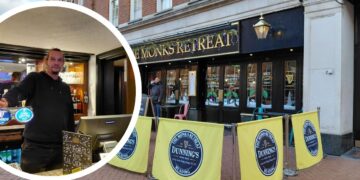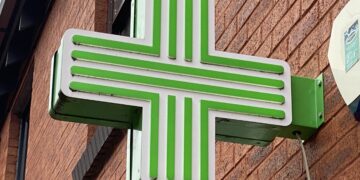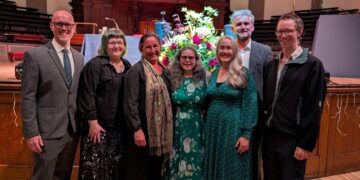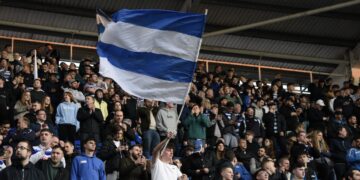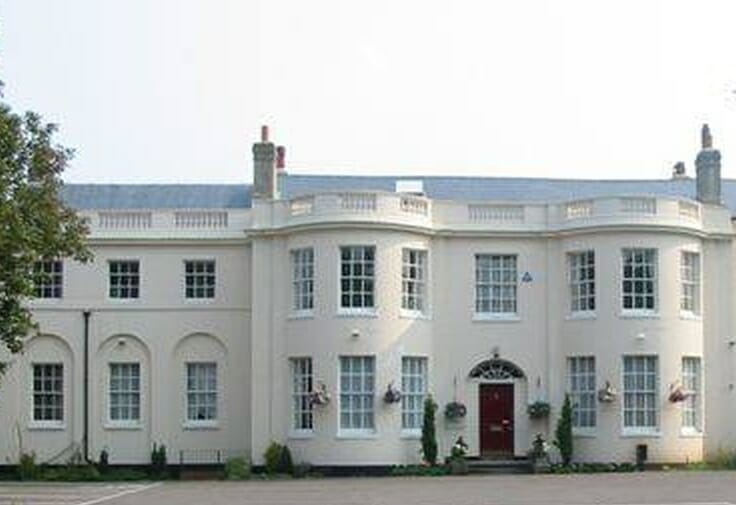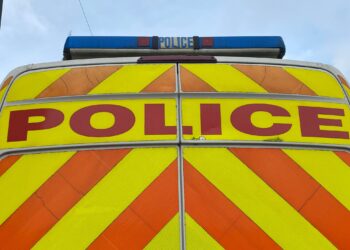Katie Amos, the lead for local history at Reading Central Library, told the History Of Yeomanry House to the May meeting of Wargrave Local History Society.
Maps showed that the site was a nursey in 1802, but by 1813 Castle Hill House stood there.
Confusingly, there was another house with the same name on the other side of the road, so care was needed in tracing the early history of the property.
The local 1839 Tithe Map showed Harriet Sherwood as the occupier. She and her husband John, a surgeon originally from Purley, lived there since at least 1820.
John had died in 1831, and his will, written in 1826, says that he had bought it from ‘Aislabie’s widow’. Harriet moved out in 1849, and let the house to Thomas Tredwell, a contractor who was building the Berks and Hants Railway. Both he and Mrs Sherwood had made the grounds available to local groups, such as when St Mary’s Sunday School had an entertainment event for pupils.
The house was offered for sale in 1850, described as a substantial property, and passed through several owners until bought by Edwin Jesse in 1880. His family were builders and developers in the Reading area, and it seems he planned to develop the Castle Hill House site in a similar way, but that never happened, and the house is occupied by Joseph Bartlett, a painter, in the 1881 census.
The next occupier was John Twistleton Wykeham Fiennes, who remained there until 1887. As with several large houses in the area, it then became a school. Ascham House School had been established by Marian Abrams about a decade earlier, and was at Castle Hill House until 1904 – latterly run by Walter Etches
The property still belonged to Mr Jesse, and the new tenant, from November 1906, was the army, who used it as the Berkshire Yeomanry headquarters. They bought the property in 1909, in due course, adding a drill hall and riding school.
The front of the main house looks much the same now as it did then, with a white render finish, but the rear aspect is much more varied, with bare brickwork and a variety of roof heights.
However, in 1967 the military authorities decided they no longer needed Yeomanry House, so Reading Borough Council bought it for £39,000.
The main use of the house was as the office for Registration of Births Deaths and Marriages, and Katie was able to show some of the original architectural features that remain in rooms used for wedding ceremonies, and on the staircases, for example.
By 2017 the council decided that the property could be sold to a nursery school, with the Registrar moving to Reading Town Hall, but the pandemic affected those plans, and so for a while the premises were used for storage.
Katie’s talk showed how a variety of sources (from the library collection and other places) could be used to discover the history of a property, as well as the specific history of Yeomanry House, and prompted a number of questions from the audience.
For more information about the society, visit the website at www.wargravehistory.org.uk
PETER DELANEY


